For decades, 3M Panagraphics III has set industry benchmarks for flexible substrate materials, offering exceptional durability, printability, and versatility in applications like vehicle wraps, retail signage, and architectural displays. However, supply chain disruptions, cost considerations, and evolving performance demands have prompted many businesses to explore viable alternatives. This article examines top-tier flexible substrate solutions that rival or surpass Panagraphics III in key areas, helping decision-makers balance quality, innovation, and affordability.
1. Why Seek Alternatives to 3M Panagraphics III?
While 3M’s product remains a gold standard, several factors drive the search for alternatives:
- Cost Efficiency: Budget constraints may favor competitors with similar performance at lower prices.
- Availability: Global supply chain issues have led to longer lead times for some 3M products.
- Sustainability: Eco-conscious buyers prioritize recyclable or PVC-free options.
- Customization: Specialized substrates (e.g., textured, magnetic, or reflective) cater to niche markets.
2. Top Alternatives to 3M Panagraphics III
a. Avery Dennison Supreme Wrapping Film (SWF)
Avery’s SWF series is a premium choice for vehicle wraps and complex curves. Its pressure-sensitive adhesive and conformability rival Panagraphics III, while offering:
- Enhanced Durability: Resists scratches, UV fading, and harsh weather.
- ColorShift Options: Dynamic iridescent finishes for high-impact branding.
- Ease of Installation: Reduced rework time compared to older substrates.
Best For: Automotive graphics, fleet branding, and custom finishes.
b. Oracal 970 Premium Cast Vinyl
Oracal’s flagship cast vinyl combines flexibility with long-term outdoor performance. Key advantages include:
- 10-Year Warranty: Matches or exceeds 3M’s durability claims.
- Matte/Gloss Finishes: Broad aesthetic range for signage and displays.
- Cost-Effectiveness: Often priced 15–20% lower than Panagraphics III.
Best For: Large-format signage, window graphics, and temporary promotions.
c. Arlon DPF 6000XRP
Arlon’s DPF 6000XRP targets high-stress environments with its reinforced structure and anti-graffiti coating. Notable features:
- Dual-Layer Construction: Combines a rigid base layer with a flexible topcoat for dimensional stability.
- Chemical Resistance: Withstands cleaners and pollutants in urban settings.
- Recyclable Options: Aligns with circular economy goals.
Best For: Municipal signage, transit graphics, and industrial environments.
d. MACtac Graphic Products’ PERMACOLOR LAMINATES
For projects requiring enhanced protection, MACtac’s laminates pair with substrates to mimic Panagraphics III’s blockout and gloss properties. Benefits include:
- Customizable Thickness: From 3–10 mil for varying rigidity needs.
- Optical Clarity: Minimizes distortion in backlit displays.
- Low VOC Emissions: Meets strict indoor air quality standards.
Best For: Trade show booths, illuminated signage, and interior décor.
3. Key Considerations When Choosing Alternatives
a. Performance Metrics
- Adhesion Strength: Ensure compatibility with substrates (e.g., concrete, glass, metals).
- Temperature Resistance: Critical for outdoor use in extreme climates.
- Flexibility: Evaluate bending radius without cracking or delamination.
b. Environmental Impact
- PVC-Free Options: Bio-based polymers (e.g., from Avery Dennison) reduce ecological footprints.
- Recyclability: Prioritize materials accepted by municipal recycling programs.
c. Supplier Support
- Technical Assistance: Look for providers offering application training and troubleshooting.
- Sample Programs: Test substrates on small projects before scaling up.
4. The Future of Flexible Substrates
Innovations like smart substrates (embedded sensors for interactive displays) and self-healing materials (repairing minor scratches automatically) are reshaping the market. Meanwhile, advancements in digital printing (e.g., UV-LED curing) demand substrates with optimized surface textures for ink adhesion.
5. Conclusion
While 3M Panagraphics III remains a trusted solution, alternatives like Avery SWF, Oracal 970, and Arlon DPF 6000XRP offer compelling advantages in cost, sustainability, and niche applications. By evaluating project-specific needs—such as durability, aesthetics, and environmental goals—businesses can select substrates that deliver equal or superior performance without compromising innovation.
The key lies in partnering with suppliers who provide transparency, customization, and long-term support, ensuring your flexible substrate investments stand the test of time.
